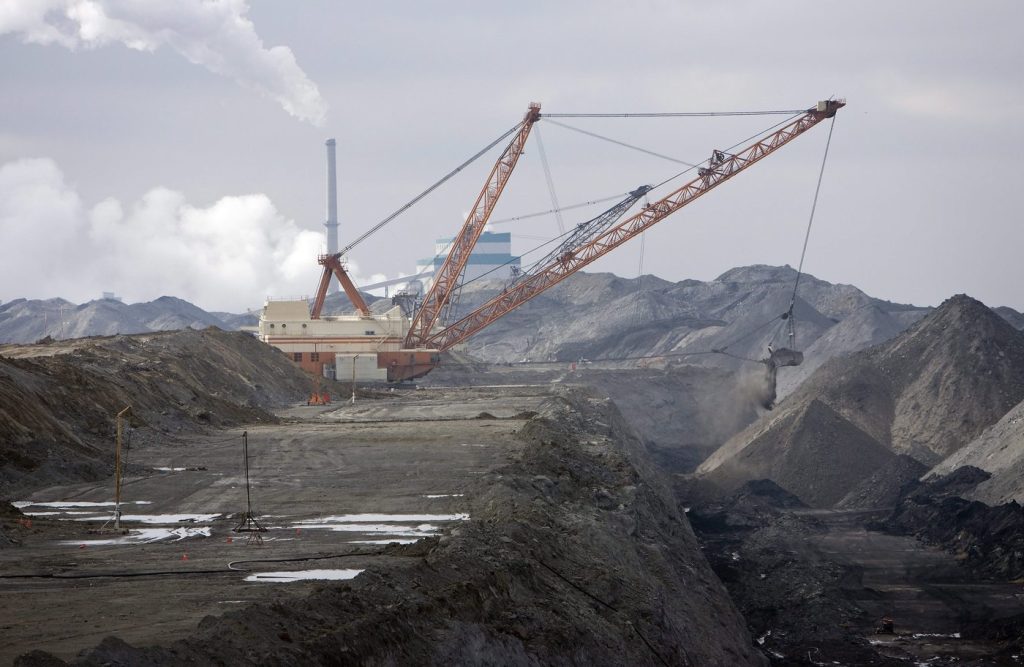REGINA The Saskatchewan government is planning to extend the operational life of the province's coal plants before transitioning to nuclear power generation. This announcement comes from a letter penned by Jeremy Harrison, the Minister of the Crown Investments Corporation, directed towards SaskPower employees.
Harrison emphasized that the strategy aims to preserve jobs and meet an increasing demand for electricity, while also ensuring that rates remain affordable and reliable. Although he did not detail the financial implications of the plan or provide a specific timeline, he mentioned that the province would investigate the potential for integrating carbon capture technology into its coal operations.
According to the letter, "SaskPower will be life extending up to approximately 1500 MW of coal assets." Harrison pointed out that other regions globally are refurbishing coal facilities far larger than this proposed capacity. The existing Boundary Dam Power Station already houses a carbon capture unit, although it has faced challenges in achieving the desired emissions reduction targets.
SaskPower, which is responsible for the province’s electricity supply, currently operates three coal-fired plants. Some of these facilities were previously scheduled to be decommissioned within the next few years. Harrison expressed understanding for the uncertainty faced by the employees at these plants, highlighting that "the hard-working teams in these facilities have been subject to considerable uncertainty."
He reinforced the idea that coal, a significant natural resource for Saskatchewan, will continue to be a cornerstone of the electricity generation system during the transition to a future reliant on nuclear energy sourced from Saskatchewan's uranium deposits. SaskPower has plans to construct a small modular nuclear reactor by the mid-2030s, with the Estevan region, southeast of Regina, under consideration for the reactor site.
In 2019, the Saskatchewan government signed an agreement with the federal government acknowledging that certain coal units could continue operations beyond the 2030 phaseout deadline. Harrison argued that Saskatchewan possesses constitutional authority over its electricity generation, asserting, "We do not recognize the legitimacy of the federal clean electricity regulations." These federal regulations are intended to limit emissions across provincial electricity grids and have been criticized by a tribunal in Saskatchewan for potentially costing the province billions in economic growth and leading to job losses.
While the federal environment ministry has not yet responded to requests for comment on the matter, Harrison reiterated that Saskatchewan remains committed to achieving net-zero emissions by 2050. He also mentioned that renewable energy sources, such as wind and solar, will form part of the province's electricity generation strategy.
Harrison conveyed a pragmatic approach, stating, "Saskatchewan is going to be realistic in not compromising the reliability, affordability and security of the power grid when we are already making significant contributions to environmental sustainability." He promised that further announcements regarding the province's energy strategy will be made in the future.
According to the federal government’s National Inventory Report, while emissions in Saskatchewan have decreased over the past decade, the province remains Canada’s fourth-largest emitter of greenhouse gases. Furthermore, a Supreme Court of Canada ruling concerning carbon pricing determined that the federal government has jurisdiction over regulating pollution. Earlier this year, Prime Minister Mark Carney announced the elimination of the consumer carbon price while retaining industrial levies.












